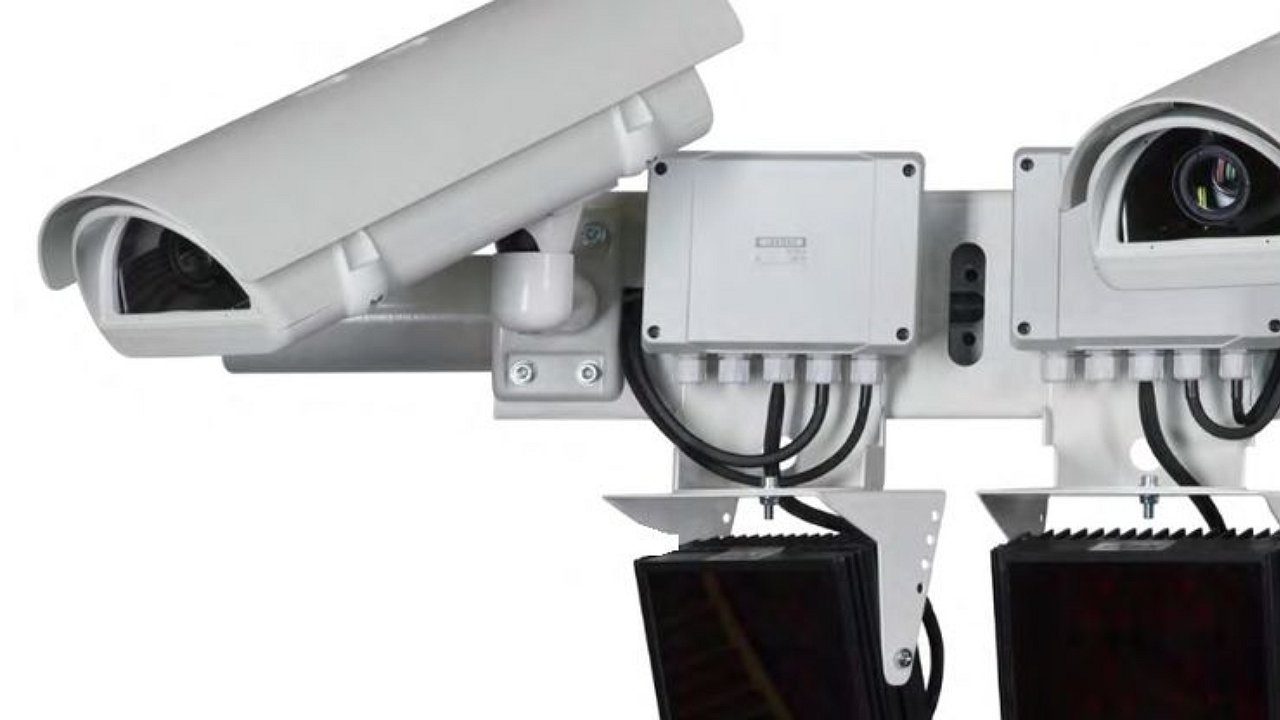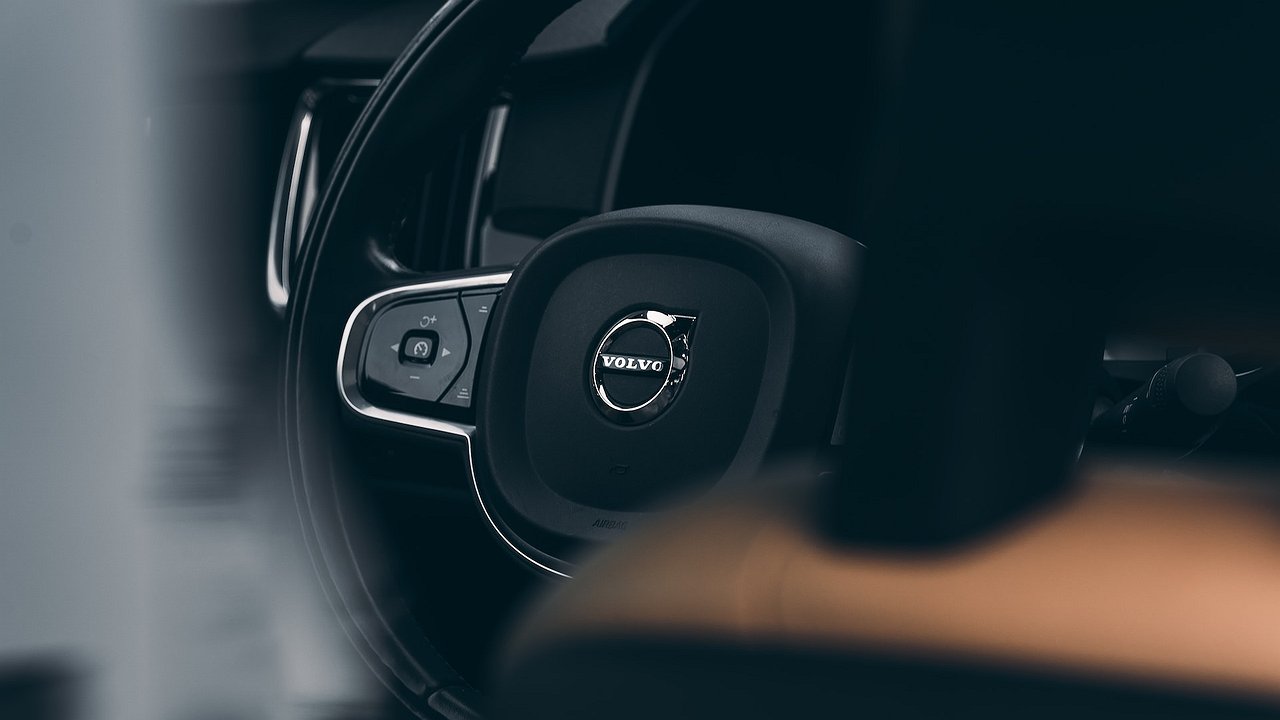Many car owners are convinced that cameras that automatically record traffic violations in the dark perform their duties much worse and only selectively “write” fines to drivers. The AutoVzglyad portal discovered the reasons for such a strange phenomenon.
According to a number of users on forums and social networks, traffic police cameras perform their service at night according to a special algorithm. Actually this is not true. To be precise, not at all. Of course, each camera can be configured individually, including the option to send ‘chain letters’ for various traffic violations. And at the same time.
For example, the same ‘electronic eye’ can ‘fine’ for both driving through a prohibition light and for crossing a stop line, and for wrongly finding a vehicle within the markings. And ultimately for exceeding the speed limit. But certainly no one will change the ‘Big Brother’ algorithm into a gentler algorithm. That’s why she’s a feeder. Unless of course there is a specific need to enable or disable this or that functionality.
Another thing is that some police cameras simply cannot record violations in poor visibility. Especially in the dark. And the reason here lies not in the settings, but in the absence of a radar with infrared radiation. Have you seen automatic restraint systems with a glowing red light? This is essentially the same IR illumination that allows the system to ‘see’ objects at night as it does during the day. However, new technologies already make it possible to make radars with infrared beams barely visible to the human eye, but there are still too few such cameras on our roads. Bye…
To be fair, it must be said that radar systems work with a certain error even with an IR transmitter at night. And during fog or heavy snow, they may not “see” the intruder at all. Therefore, they are often installed on lampposts or in areas with the most illuminated roadway. To, as they say, catch for sure.
The radar camera works according to the following principle: first the road is monitored by a Doppler signal that measures the speed of the car at a distance of 100 to 1000 meters (depending on the type of device), and then a photo is taken, which is recognized and processed by special software. Ultimately, every frame containing a recorded violation must be examined by a live police officer to determine its validity.
But I should, but that doesn’t mean I have to. As a rule, the signatures of law enforcement officers appear on absolutely all photos without any verification. That’s why the ‘steering wheels’ are in fact regularly accidentally fined. However, if the decision is appealed, there is a real chance that it will be revoked.
According to a number of users on forums and social networks, traffic police cameras perform their service at night according to a special algorithm. Actually this is not true. To be precise, not at all. Of course, each camera can be configured individually, including the option to send ‘chain letters’ for various traffic violations. And at the same time.
For example, the same ‘electronic eye’ can ‘fine’ for both driving through a prohibition light and for crossing a stop line, and for wrongly finding a vehicle within the markings. And ultimately for exceeding the speed limit. But certainly no one will change the ‘Big Brother’ algorithm into a gentler algorithm. That’s why she’s a feeder. Unless of course there is a specific need to enable or disable this or that functionality.
Another thing is that some police cameras simply cannot record violations in poor visibility. Especially in the dark. And the reason here lies not in the settings, but in the absence of a radar with infrared radiation. Have you seen automatic restraint systems with a glowing red light? This is essentially the same IR illumination that allows the system to ‘see’ objects at night as it does during the day. However, new technologies already make it possible to make radars with infrared beams barely visible to the human eye, but there are still too few such cameras on our roads. Bye…
To be fair, it must be said that radar systems work with a certain error even with an IR transmitter at night. And during fog or heavy snow, they may not “see” the intruder at all. Therefore, they are often installed on lampposts or in areas with the most illuminated roadway. To, as they say, catch for sure.
The radar camera works according to the following principle: first the road is monitored by a Doppler signal that measures the speed of the car at a distance of 100 to 1000 meters (depending on the type of device), and then a photo is taken, which is recognized and processed by special software. Ultimately, every frame containing a recorded violation must be examined by a live police officer to determine its validity.
But I should, but that doesn’t mean I have to. As a rule, the signatures of law enforcement officers appear on absolutely all photos without any verification. That’s why the ‘steering wheels’ are in fact regularly accidentally fined. However, if the decision is appealed, there is a real chance that it will be revoked.
Source: Avto Vzglyad
Donald Salinas is an experienced automobile journalist and writer for Div Bracket. He brings his readers the latest news and developments from the world of automobiles, offering a unique and knowledgeable perspective on the latest trends and innovations in the automotive industry.














